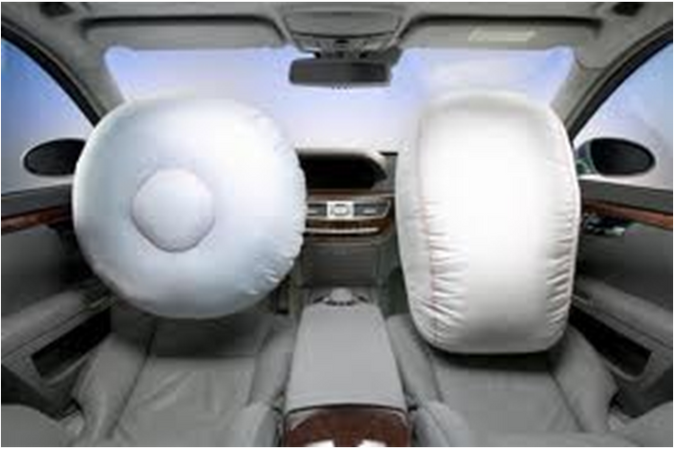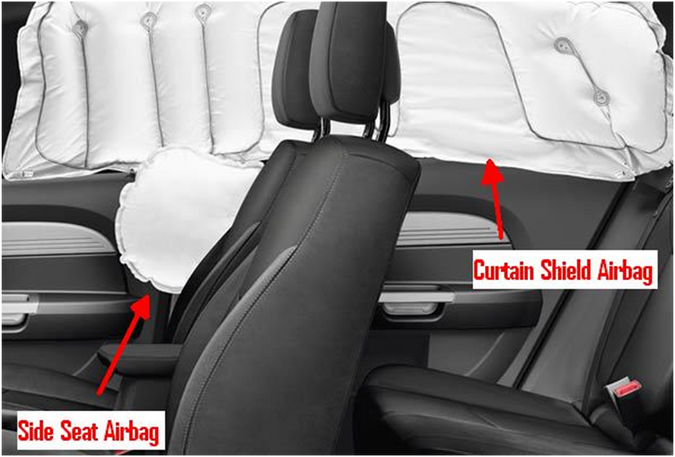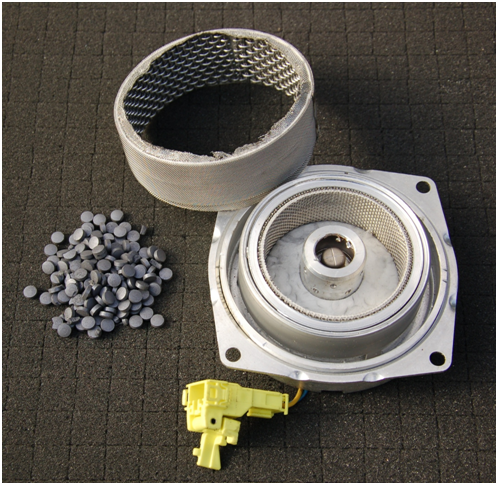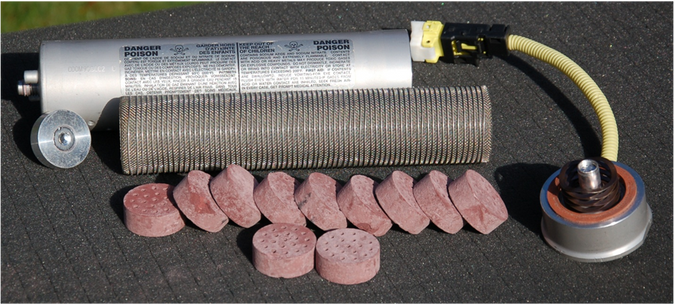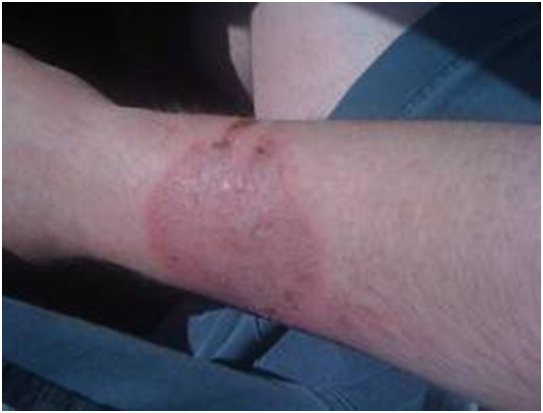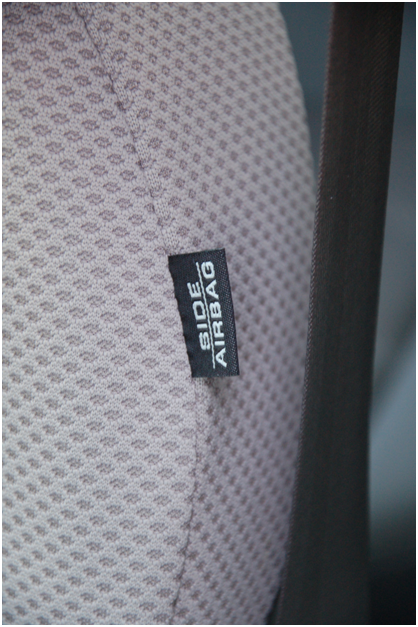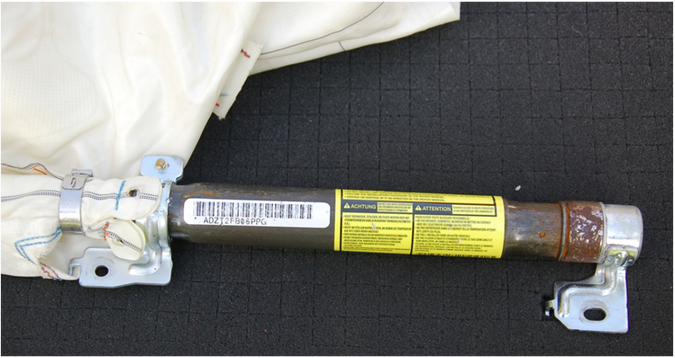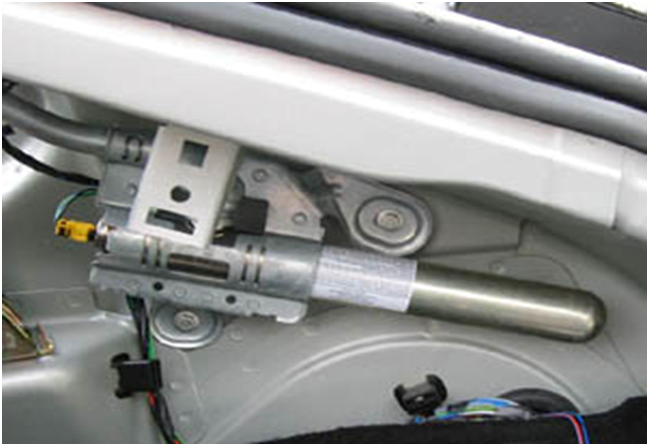
Supplemental Restraint Systems: Installment 1 - Airbags
November 19th, 2011
Categories
By Paul Bindon & Matt Stroud
You have responded to an MVA and found one of the vehicles with severe frontal damage. The front airbags have been deployed. There is, however, something missing. The injured driver you might expect to see is not in the vehicle requiring medical attention. He or she is on the side of the road with no injuries, pacing back and forth talking on their cell phone trying to re-arrange their meetings for the day.
In the not so distant past, this scenario would not have been the case. Advancements in Supplemental Restraint Systems (SRS) and body structure have greatly increased your chances of survival during a collision. Just how is this accomplished? Multiple airbags, pre-tensioner seat belts, active head rests and vehicle stability control are just a few of the specific ways modern vehicles are safer than models produced just a few years ago. In this first of three articles, we will be taking a look at the airbag portion of the SRS system, and how it operates.
History of Airbags
Airbags have been widely available in automobiles since the early 1990’s. They are responsible for saving thousands of lives every year. Most everyone reading this article will have a vehicle equipped with a multitude of airbags. Many of us may have only a vague idea of how they actually function. This could pose a problem for first responders, who have heard that this system can be hazardous to their health, but may not completely understand why. Many myths and fears are the result of an overall lack of understanding about the airbags and how they work. In this article, we will take a deeper look into airbags and how they function. Let’s find out what is true and what is a myth. Understanding airbags will help you act with confidence when responding to MVA’s.
How They Work
Simply stated, during a collision, modern vehicles will deploy various airbags in order to protect the occupants. If we take a look at the airbag itself we will find that it is made of fabric constructed from a tightly woven nylon thread that has been coated with silicone. They are extremely strong and possess incredible energy absorbing characteristics.
If we look inside an inflated airbag right after deployment, we would find a few different gases, but there will mostly be an inert gas such as nitrogen. The gas has to be produced very quickly in order for the system to be effective. The gas that is used to inflate an airbag is generated in one of two ways:
#1 Pyrotechnic Inflator
Found in the drivers and front passenger locations, these airbags were the first airbags to be used on a large scale. They contain a Sodium Azide compound that is burned to produce a rapidly expanding mixture of gases and small particulates that appear to be white powder or smoke. This powder is white, gritty and gets everywhere when an airbag is deployed. Talcum powder has been a nice, seemingly harmless way to characterize this substance. This powder is, contrary to popular belief, much different than Talc. The authors of this article have disassembled many un-deployed airbags and have never found talcum powder inside the propellant canister or on the fabric of the bag itself. Since we are inquisitive types here at MGS Tech, we decided to find out just what this substance was. The analysis we at MGS Tech commissioned, revealed that the white substance is not talcum powder at all. It is mostly composed of Nitrogen gas, silica glass fibers and asbestos depleted sodium gas that you would not want on your breakfast cereal. If you come into contact with this substance, wash your hands before wiping your eyes or eating anything. Pyrotechnic airbags have two disadvantages:
- White chemical smoke residue that can cause respitory and eye irritation.
- Hot deployment gas that can cause burns to the driver and/or passenger.
#2 Compressed Gas Cylinders
This type of airbag inflator has become more widely used because of its safer design. The inert gas is stored in a small pressure vessel at up to 12,000 psi. A small pyrotechnic device is used to puncture the pressure vessel and quickly heat the released gas that deploys the airbag. The expanding inert gas and the super strong airbag material create a great energy absorbing device when the airbag is deployed. The only drawback this type of system may have is the fact that un-deployed (pressurized) components remain in the vehicle as a potential hazard for fire or extrication personnel. Clues to their placement within the vehicle can be found on interior panels as pictured below. The existence of labeling does not in any way negate the need for “peel and peak” procedures before performing any hydraulic cutting during an extrication, as the pressurized cylinders can be located in many different places.
Why They Work
It may seem obvious why airbags were created, and how it could save your life but what about the science behind it? Often the part of an impact that proves fatal has nothing to do with the vehicle at all. If we think back to physics class in high school we may (or may not) recall some of Newton’s laws. Newton’s first law states that a body in motion tends to remain in motion, unless acted upon by an outside force. Considering this law you might realize that even though our seat belt has successfully prevented us from exiting the vehicle, our internal organs have remained in motion during the collision. As they collide with the seat belt, this intensely rapid deceleration exerts unhealthy force upon them. This secondary impact often causes ruptures and internal bleeding that can sometimes be fatal. Airbags can help prevent us from receiving steering wheel or seat belt shaped bruises, and act to slow the deceleration of our bodies in an effort to ease the strain on our internal organs. In order for an airbag to perform this job effectively it needs to be fully inflated before our body reaches its’ outermost edge. For this to be possible, an airbag must deploy at a rate of 200mph or more! It deploys and becomes fully inflated in about 20 milliseconds. That is less than the time it takes for a hummingbird to beat its’ wings one time.
Airbags are only one part of a supplemental restraint system. Advances in technology have allowed many active and passive safety systems to be brought to the transportation market. Having a greater understanding of SRS components can help dispel misconceptions and myths that may delay vehicle rescue actions in the field. Future articles will explore other SRS components such as pyrotechnic seat belt pre-tensioners, active head rests, deployment sensors, deployment criteria and how they are important to first responders.

